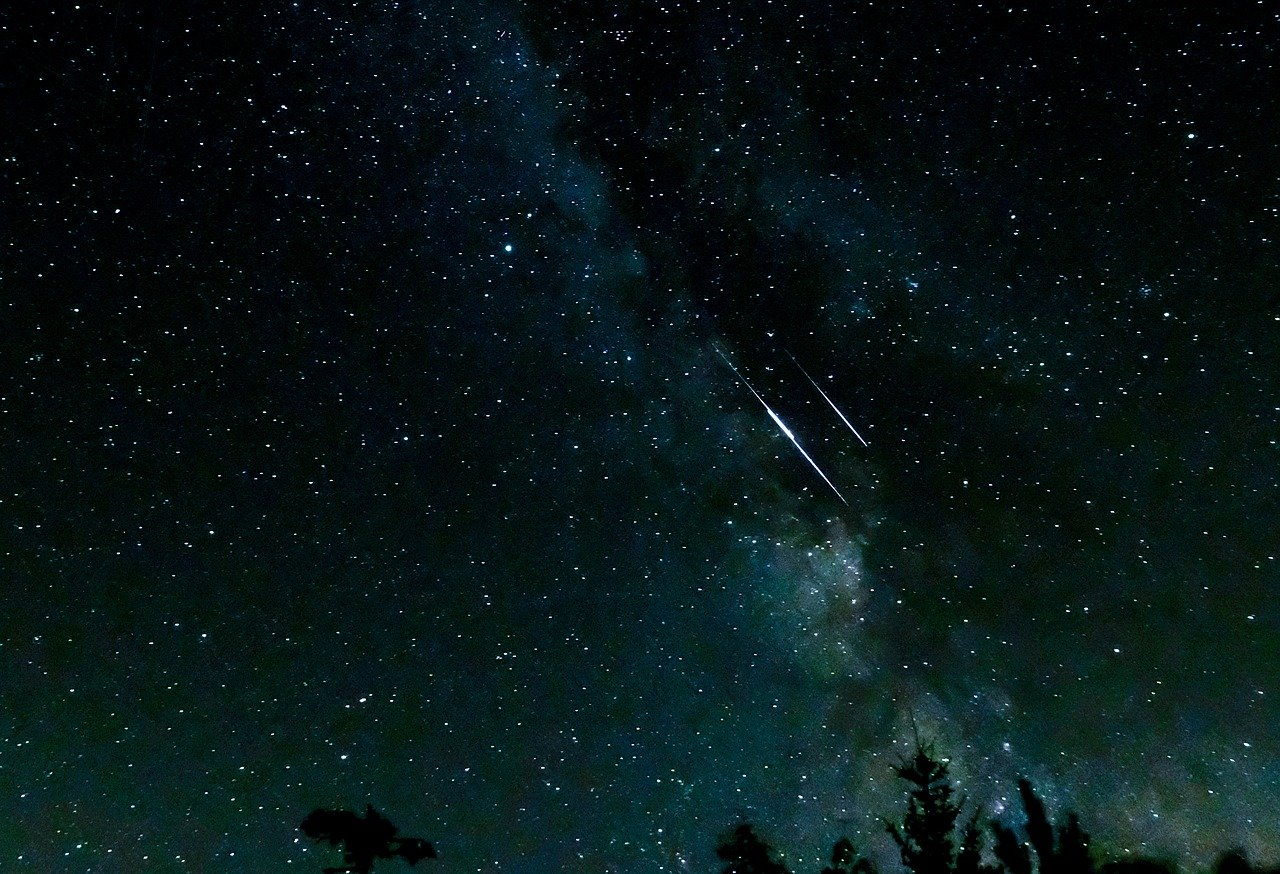“When it is dark enough, you can see the stars.”
Ralph Waldo Emerson
August is certainly synonymous with relaxation, sun, sea or mountains but also with shooting stars.
Every year, on August 10, the night of San Lorenzo, many Italians with their noses upturned, go out to scan the sky, ready to make a wish in the hope of seeing at least one shooting star.
The most romantic night of the year inspired poets, singers, directors and writers who linked the astronomical event to historical events, as did the film “The night of San Lorenzo”, but also to the tradition of make a wish, like the Italian famous songwriter Jovanotti.

Night of San Lorenzo: the Perseids
The night of San Lorenzo has ancient origins, and is closely connected to the passage of the Perseids. More precisely, it is a meteor shower (dust and ice debris) that cross the earth during the summer, especially during the month of August, with a peak between 10 and 12 August. The phenomenon originates from the passage of the Swift-Tuttle comet around the Sun. The comet passed near the Earth in 1992 and will pass again in 2126. The meteor shower, therefore, takes the name of Perseids precisely because it comes from the constellation of Perseus.
Night of San Lorenzo: The Christian tradition
The Christian religion has absorbed in itself some aspects of the various pagan traditions, in particular the Roman one. The name Lorenzo refers phonetically to the female counterpart of Priapus, Larentia, the Great Mother who, by mating with everyone, produced everything there is on Earth. Nonetheless, the Christian tradition totally changed the pagan one, and the “tears” of Priapus became the tears of San Lorenzo, a Christian archdeacon who lived during the era of the Emperor Valerian. In 258 AD the emperor issued an edict according to which deacons, bishops and priests were to be put to death. So, on 10 August San Lorenzo was killed, he was only 33 years old. According to the ancient testimony collected by Sant’Ambrogio, Lorenzo was burned on a gridiron, a scene that inspired works of art and popular sayings. Although some scholars have subsequently shown that San Lorenzo was actually beheaded by the edict of the emperor Valerian, tradition says that the shooting stars of 10 August are associated with hot coals on which the saint was burned according to legend.
Regarding this, we can find also the famous Giovanni Pascoli’s poem “X agosto”, which interprets the rain of stars as heavenly tears.
The shooting stars: how to observe them during the night of San Lorenzo

To begin with, choose the right place, away from the city lights. The ideal would be a beautiful beach but if it were not possible, a terrace or lawn is also fine. The important thing is that there are no street lamps, lights or fireworks around.
Lie down, it’s the best way to get a wider view of the sky. Wait a little and be patient, the eyes must get used to the darkness, it will take up to 20 minutes and this will allow you to see many more stars and meteors.
Where to watch the shooting stars on August 10th
The best time to observe the shooting stars is on the nights between August 10th and 14th. The recommended times for observation are from 10.00 pm until just before dawn, around 4.00 am
On the occasion of the Perseid peak and for the entire month of August, we suggest numerous events in Italy to admire the meteor showers and observe the most beautiful stars, planets and celestial objects of the summer with a telescope.
Enjoy the show!